Home>Garden Essentials>How To Use Vertical Garden Pockets
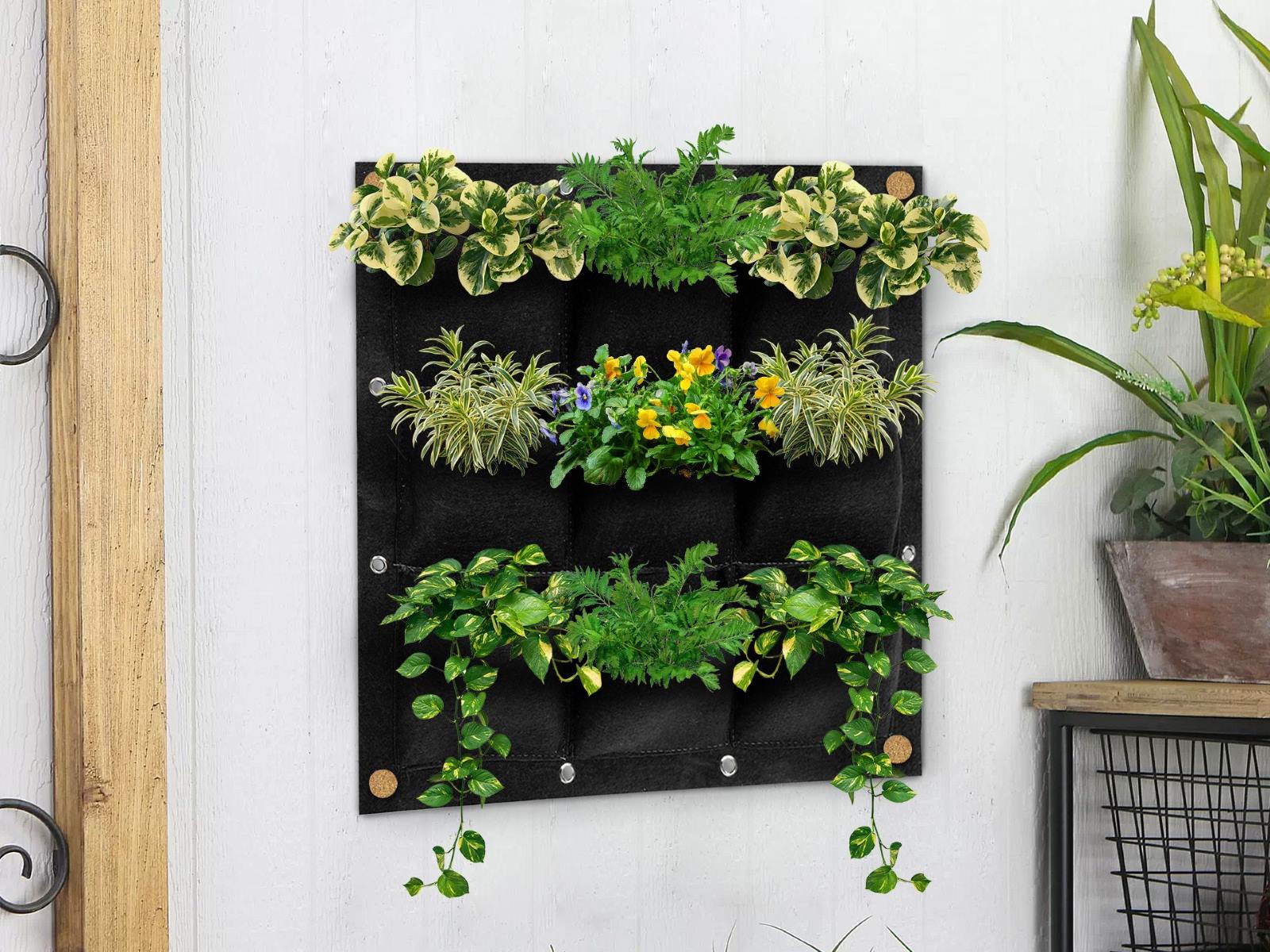

Garden Essentials
How To Use Vertical Garden Pockets
Modified: October 20, 2024
Learn how to utilize vertical garden pockets to enhance your garden space. Discover expert tips and techniques for creating a stunning garden with the power of vertical gardening.
(Many of the links in this article redirect to a specific reviewed product. Your purchase of these products through affiliate links helps to generate commission for Storables.com, at no extra cost. Learn more)
Introduction
Welcome to the world of vertical gardening! If you’re looking to add a touch of greenery to your home, but don’t have much space to spare, vertical garden pockets may be the perfect solution. These innovative pockets allow you to create a stunning vertical garden, even in the smallest of spaces.
But what exactly are vertical garden pockets? In simple terms, they are essentially pockets or bags made from durable materials such as felt or fabric, designed to hold soil and plants. They are typically hung on walls or fences, optimizing vertical space and transforming ordinary surfaces into vibrant displays of nature.
The popularity of vertical gardening has skyrocketed in recent years, and for good reason. Not only do vertical garden pockets provide an aesthetically pleasing way to incorporate plants into your surroundings, but they also offer a range of benefits.
One of the main advantages of vertical garden pockets is their space-saving nature. Whether you live in a small apartment with limited outdoor space or have a tiny balcony, vertical gardening allows you to maximize your available area. You can enjoy the beauty of plants without sacrificing valuable square footage.
In addition to being space-efficient, vertical garden pockets also provide excellent insulation for plant roots. The pockets retain moisture, preventing the soil from drying out quickly and reducing the need for frequent watering. This makes vertical gardening a practical option for those living in areas with limited rainfall or water restrictions.
Furthermore, vertical garden pockets can help improve air quality, both indoors and outdoors. Plants naturally absorb carbon dioxide and release oxygen, creating a healthier environment for you and your family. By placing vertical garden pockets in strategic locations, you can enhance the air quality in your home and contribute to a greener surrounding.
Are you ready to embark on your vertical gardening journey? In the following sections, we’ll guide you through the process of getting started with vertical garden pockets, from choosing the right location to selecting the perfect plants and ensuring their proper care. So, let’s dive in and turn your walls into lush, green masterpieces!
Key Takeaways:
- Vertical garden pockets maximize space, enhance aesthetics, and improve air quality. They offer a practical, stylish, and space-saving solution for bringing nature into any living space, regardless of size or location.
- To create a thriving vertical garden, carefully select suitable plants, provide proper care, and monitor moisture levels. Troubleshoot common issues like wilting, pests, and foliage diseases to ensure the long-term success of your vertical garden.
What is a Vertical Garden Pocket?
A vertical garden pocket is a specially designed container that allows you to create a vertical garden in a limited space. These pockets are typically made from durable materials such as felt or non-woven fabric, and they come in various sizes and configurations. The pockets are designed to hold soil and plants, while also providing adequate drainage.
The structure of a vertical garden pocket consists of several layers. The outer layer is made from a sturdy material that holds the weight of the soil and plants and prevents any leakage or water damage. The inner layer, often made from a breathable fabric, allows air to circulate and prevents excess moisture buildup.
Vertical garden pockets are designed to be hung on walls, fences, or other vertical surfaces. They can transform a plain wall into a vibrant green oasis, adding a touch of nature to any space. These pockets are a popular choice for urban dwellers with limited outdoor space, as they allow for vertical gardening without compromising valuable floor space.
One of the key advantages of using vertical garden pockets is their versatility. They can be easily customized and arranged to suit your specific needs and design preferences. Whether you want to create a stunning living wall, grow a selection of herbs and vegetables, or display a variety of colorful flowers, the possibilities are endless.
Vertical garden pockets also offer practical benefits for both indoor and outdoor gardening. By utilizing vertical space, you can make the most of the available sunlight and airflow, maximizing the growth potential of your plants. Additionally, the compact nature of vertical garden pockets makes it easier to maintain and care for your plants.
Another advantage of vertical garden pockets is their portability. Unlike traditional in-ground gardens, these pockets can be easily moved and rearranged, allowing you to experiment with different layouts or bring your garden indoors during colder weather. This portability also makes vertical garden pockets a great choice for renters or those who frequently change residences.
Whether you’re a gardening enthusiast looking to expand your plant collection or a beginner wanting to dip your toes into gardening, vertical garden pockets offer a practical, space-saving solution. They provide a unique and stylish way to bring nature into your living space, regardless of size or location.
In the next sections, we’ll explore the benefits of using vertical garden pockets and guide you through the process of getting started with your own vertical garden.
Benefits of Using Vertical Garden Pockets
Vertical garden pockets offer numerous benefits that make them a popular choice for both experienced gardeners and beginners alike. Let’s take a closer look at some of the advantages of using vertical garden pockets:
- Space Optimization: One of the primary benefits of vertical garden pockets is their ability to maximize space utilization. Whether you have a small balcony, limited backyard, or even just a plain wall, these pockets allow you to transform vertical surfaces into lush, green gardens. By utilizing vertical space, you can enjoy the beauty of plants without sacrificing valuable floor space.
- Enhanced Aesthetics: Vertical garden pockets add a visually stunning element to any space. Whether you choose to create a vibrant living wall or a pocket display with a variety of plants, they can instantly transform dull walls or fences into a captivating green oasis. The vertical arrangement of plants creates a unique focal point and adds a touch of nature to your surroundings.
- Improved Air Quality: Plants are natural air purifiers, absorbing carbon dioxide and releasing oxygen. By incorporating vertical garden pockets into your living or working space, you can improve air quality and create a healthier environment. This is particularly beneficial in urban areas where air pollution is a concern.
- Increased Privacy: In addition to their aesthetic benefits, vertical garden pockets can also provide privacy. By strategically placing the pockets along a fence or balcony railing, you can create a natural barrier that shields you from prying eyes. The dense foliage of the plants acts as a screen, offering a sense of seclusion.
- Reduced Maintenance: Vertical garden pockets often require less maintenance compared to traditional gardens. The compact size of the pockets makes it easier to tend to the plants, with less bending or kneeling required. Additionally, the pockets retain moisture, reducing the frequency of watering. The structure also prevents weeds from spreading, minimizing the need for weeding.
- Year-Round Gardening: Vertical garden pockets offer the flexibility to create an indoor or outdoor garden, allowing you to enjoy gardening year-round. By bringing the pockets indoors during colder months, you can continue nurturing your plants and enjoy the benefits of gardening regardless of the season.
Whether you’re looking to optimize space, enhance aesthetics, improve air quality, or simply enjoy the joys of gardening, vertical garden pockets provide a multitude of benefits. In the next sections, we’ll dive into the process of getting started with vertical garden pockets, from choosing the right location to selecting suitable plants and ensuring proper care.
Getting Started with Vertical Garden Pockets
So, you’ve decided to embark on your vertical gardening journey with the help of garden pockets. Congratulations! Here’s a step-by-step guide to help you get started:
- Evaluate Your Space: Begin by assessing the available space where you plan to install the vertical garden pockets. Consider factors such as sunlight exposure, temperature, and accessibility. This will help you determine the best location and the types of plants that will thrive in that environment.
- Choose the Right Pockets: Select high-quality vertical garden pockets that are made from durable materials and designed for proper drainage. There are various options available, including felt pockets, fabric pouches, and wall-mounted planters. Choose ones that suit your style and budget.
- Prepare the Supports: Depending on the design of your vertical garden pockets, you may need to install supports, such as trellises, hooks, or brackets, to secure them to the wall or fence. Ensure that the supports are sturdy and properly installed to withstand the weight of the pockets and plants.
- Prepare the Soil: Fill each pocket with a high-quality potting mix, specifically formulated for container gardening. This will provide a well-draining medium that retains moisture while allowing excess water to escape. Avoid using garden soil, as it can become compacted and hinder plant growth.
- Select Suitable Plants: Choose plants that are well-suited for vertical gardening and the specific conditions of your location. Consider factors such as sunlight requirements, water needs, and space constraints. Herbs, succulents, ferns, and trailing vines are popular choices for vertical gardens. Make sure to research the growth habits and care requirements of each plant before planting.
- Planting and Placement: When planting, gently insert the root ball of each plant into the soil, adjusting the placement as necessary. Ensure that the plants are properly spaced to allow for growth and prevent overcrowding. Consider the height and growth habits of each plant and arrange them in a visually pleasing manner.
- Watering and Maintenance: Proper watering is crucial for the success of your vertical garden. Monitor the moisture levels regularly and water the plants when the soil feels dry to the touch. It’s important to avoid overwatering, as it can lead to root rot. Regularly check for pests, remove any dead or diseased foliage, and provide appropriate support for plants that may need it as they grow.
- Enjoy and Enhance: Sit back, relax, and enjoy the beauty of your vertical garden pockets! Consider adding decorative elements such as fairy lights or colorful accents to enhance the visual appeal. Rotate the plants occasionally to ensure they receive balanced sunlight and to create a dynamic display.
Remember, like any type of gardening, vertical gardening with pockets requires ongoing care and maintenance. Regularly monitor the health of your plants, provide adequate water and sunlight, and make adjustments as necessary to ensure optimal growth.
With these steps in mind, you’re now ready to embark on your vertical gardening adventure. Ready, set, plant!
Choosing the Right Location
When it comes to setting up your vertical garden pockets, choosing the right location is crucial to the success of your plants. Here are some factors to consider when selecting the perfect spot:
- Sunlight: Most plants require a certain amount of sunlight to thrive. Observe the area you have in mind for your vertical garden pockets and determine how many hours of direct sunlight it receives. If the location gets at least 6-8 hours of sunlight per day, it is considered full sun. If it receives less than that, it is considered partial shade. Select plants that are compatible with the level of sunlight available in your chosen location.
- Microclimate: Consider the microclimate of your outdoor space. Microclimates are small-scale climate variations within a larger area, influenced by factors such as buildings, trees, and nearby bodies of water. These factors can impact temperature, wind patterns, and moisture levels. Take note of any areas in your yard or balcony that may be more sheltered or prone to strong winds, as these may affect plant growth and health.
- Accessibility: Choose a location that is easily accessible for maintenance and care. You’ll need to regularly water your plants, monitor their health, and possibly harvest herbs or vegetables. If the area is difficult to reach or requires climbing, it may become a hassle and deter you from properly caring for your vertical garden pockets.
- Weight-bearing Capacity: Before installing your vertical garden pockets, ensure that the chosen location has the capacity to bear the weight of the pockets and plants. If you plan to mount the pockets on a wall or fence, make sure the structure is sturdy and can withstand the added weight. For balcony installations, consult your building management or landlord to ensure that the balcony railings can support the load.
- Watering Accessibility: Consider the proximity to a water source. It will be much more convenient if the location is near a hose or outdoor faucet, allowing easy access for watering. If the area is far from a water source, you may need to consider using watering cans or installing a drip irrigation system to ensure that the plants receive adequate moisture.
- Aesthetics: Lastly, think about the visual impact of your vertical garden. Choose a location that will enhance your outdoor or indoor space. Consider how the plants will interact with the existing landscape or interior decor and how the vertical garden pockets will complement the overall aesthetic of your surroundings.
By carefully considering these factors, you can select the optimal location for your vertical garden pockets. Remember to take into account the specific needs and requirements of the plants you intend to grow. Some plants thrive in full sun, while others prefer shaded areas.
With the right location, your vertical garden pockets will flourish and bring beauty and greenery to your space. In the next section, we’ll cover the important steps to prepare the vertical garden pockets before planting your chosen plants.
Read more: How To Use A Pocket Corkscrew
Preparing the Vertical Garden Pockets
Before you start planting in your vertical garden pockets, it’s important to properly prepare them to ensure the best growing conditions for your plants. Here are the essential steps for preparing your vertical garden pockets:
- Clean the Pockets: If your vertical garden pockets are new, give them a quick clean to remove any dirt or debris. Use a soft brush or cloth to wipe both the inner and outer surfaces of the pockets. This will help create a clean environment for your plants to thrive.
- Inspect for Damage: Before filling the pockets with soil, inspect them for any damage or weak spots. Ensure that the stitching, seams, or fasteners are intact. If you come across any tears or holes, mend them promptly to prevent soil leakage or plant damage.
- Add a Liner: Consider adding a liner to the pockets to provide further protection against water infiltration and to promote proper drainage. A liner can be made from landscape fabric or a breathable geotextile material. Simply cut the liner to fit the size of each pocket and insert it before filling with soil.
- Create Drainage Holes: Adequate drainage is crucial for the health of your plants. Using a sharp object such as a knife or scissors, create small drainage holes at the bottom of each pocket. This will prevent water from stagnating and ensure that excess moisture drains away.
- Add a Layer of Gravel: To further enhance drainage, consider adding a layer of gravel or small stones at the bottom of the pockets. This will prevent the soil from becoming waterlogged and help maintain optimal moisture levels.
- Fill with Potting Mix: Next, fill each pocket with a high-quality potting mix specifically formulated for container gardening. Avoid using regular garden soil, as it can become compacted and hinder plant growth. Fill the pockets to within a couple of inches from the top, leaving enough space to insert your plants.
- Moisten the Soil: Before planting, gently moisten the potting mix with water. This will help settle the soil and provide a good starting environment for your plants. Be careful not to overwater, as saturated soil can lead to root rot.
By properly preparing your vertical garden pockets, you create a suitable and healthy growing environment for your plants. The liner and drainage holes help to prevent waterlogging, while the potting mix provides the necessary nutrients for plant growth.
With your vertical garden pockets well-prepared, you’re now ready to move on to the next step: selecting the right plants. We’ll explore this further in the upcoming section.
When using vertical garden pockets, make sure to plant smaller, lightweight plants to prevent the pockets from becoming too heavy. Also, regularly water and fertilize the plants to ensure healthy growth.
Selecting the Right Plants
When it comes to choosing plants for your vertical garden pockets, there are several factors to consider, including the space available, growing conditions, and your personal preferences. Here’s a guide to help you select the right plants:
- Size and Growth Habit: Consider the size and growth habit of the plants you choose. For vertical gardens, it’s best to select plants that won’t overwhelm the space or obstruct the growth of neighboring plants. Look for plants with compact or trailing growth habits, such as herbs, succulents, ferns, and small flowering plants.
- Light Requirements: Assess the amount of sunlight the selected location receives throughout the day. Different plants have different light requirements, ranging from full sun to partial shade. Choose plants that are suitable for the available light conditions. Some plants, like herbs and vegetables, thrive in full sun, while others, like ferns and begonias, prefer shaded areas.
- Watering Needs: Consider the watering needs of the plants. Some plants require more frequent watering, while others are more drought-tolerant. Be mindful of the moisture retention capabilities of your vertical garden pockets and select plants that have similar watering requirements.
- Hardiness and Climate: Take into account the climate in your region and the hardiness of the plants you choose. If you live in an area with harsh winters, select plants that are suitable for your climate zone. Consider both the minimum and maximum temperature tolerances of the plants to ensure their survival throughout the seasons.
- Edible vs. Ornamental: Decide whether you want to focus on growing edible plants, such as herbs and vegetables, or if you prefer ornamental plants for their aesthetic appeal. You can also mix and match both edible and ornamental plants to create a visually pleasing and functional vertical garden.
- Vertical Adaptability: Some plants naturally lend themselves better to vertical gardening than others. Look for plants that have trailing or vining growth habits, as they will cascade beautifully down the pockets, creating a lush and captivating display. Consider plants like pothos, ivy, creeping Jenny, or even hanging strawberries for a touch of delicious beauty.
- Personal Preference: Ultimately, choose plants that you personally enjoy and that align with your gardening goals. Consider factors such as color, fragrance, and maintenance requirements. Pick plants that bring you joy and create a vertical garden that reflects your personal style.
By carefully considering these factors, you can create a harmonious and thriving vertical garden using the appropriate plants. Don’t be afraid to experiment with different combinations and explore the diversity of plant options available.
In the next section, we’ll guide you through the process of planting in your vertical garden pockets, ensuring that each plant gets the care it needs to flourish. Let’s get our hands dirty!
Planting in Vertical Garden Pockets
Now that you’ve selected the perfect plants for your vertical garden pockets, it’s time to get them planted and watch your garden come to life. Here’s a step-by-step guide to help you with the planting process:
- Prepare Your Plants: Gently remove the plants from their nursery containers, being careful not to damage the roots. If the roots are tightly bound, gently loosen them to promote healthy growth.
- Insert the Plants: Make a small hole in the prepared soil of the vertical garden pocket. Insert the plant into the hole, ensuring that the root ball is covered with soil. Gently press the soil around the plant to secure it in place.
- Spacing: Allow sufficient spacing between each plant to avoid overcrowding. The spacing will depend on the specific requirements of the plants you have chosen. Refer to the planting instructions for each species to determine the appropriate distance.
- Consider Growth Habits: Take into consideration the growth habits of the plants when planting. Ensure that taller or more upright plants are placed towards the back of the vertical garden pockets, while trailing or vining plants can be positioned closer to the front. This will create a visually appealing arrangement and prevent plants from shading or obstructing one another.
- Water Thoroughly: After planting, water the vertical garden pockets thoroughly to ensure that the soil is evenly moistened and the plants receive sufficient hydration. This initial watering helps settle the soil around the roots and promotes establishment.
- Monitor and Adjust: Regularly monitor the moisture levels in the vertical garden pockets. Depending on the environmental conditions and the water-retention properties of the pockets, you may need to adjust your watering schedule. Avoid overwatering, as it can lead to root rot, but also be mindful not to let the soil dry out completely.
- Support as Needed: Some plants may require additional support as they grow. As the plants in your vertical garden pockets start to flourish, use stakes, trellises, or other supports to provide stability and prevent them from drooping or trailing too far.
- Fertilize Regularly: To promote healthy growth, consider fertilizing your plants regularly. Use a slow-release fertilizer or organic compost to provide the necessary nutrients. Follow the manufacturer’s instructions for application rates and frequency.
Remember to keep an eye on your plants as they adapt to their new environment. Monitor their growth, assess their health, and make adjustments as needed. Remove any dead or yellowing leaves, as well as any weeds that may appear.
With proper planting techniques, regular monitoring, and attentive care, your vertical garden pockets will become a thriving oasis of greenery. In the next section, we’ll explore the essential steps for watering and maintaining your vertical garden pockets to ensure their long-term success.
Watering and Maintaining Vertical Garden Pockets
Proper watering and maintenance are crucial for the health and vitality of your vertical garden pockets. Follow these essential tips to ensure your plants thrive:
- Monitor Moisture Levels: Regularly check the moisture levels in your vertical garden pockets. Stick your finger about an inch into the soil to determine if it feels dry. If the soil is dry, it’s time to water the plants.
- Watering Frequency: The frequency of watering will depend on various factors, such as the types of plants, the weather conditions, and the water retention properties of the vertical garden pockets. As a general guideline, aim to keep the soil consistently moist but not waterlogged. Avoid letting the soil dry out completely between watering.
- Watering Techniques: When watering, use a gentle stream of water to moisten the soil. Direct the water towards the roots rather than overhead, as this helps prevent foliage diseases and wasteful evaporation. Water until you see it draining from the drainage holes at the bottom of the pockets.
- Avoid Overwatering: While adequate watering is crucial, overwatering can lead to root rot and other issues. Always allow the soil to dry out slightly between waterings to prevent waterlogged conditions. Adjust your watering schedule based on the specific needs of your plants and the current weather conditions.
- Fertilizing: Regularly fertilize your plants to provide them with essential nutrients. Use a balanced, slow-release fertilizer or organic compost. Follow the package instructions for application rates and frequency. Avoid over-fertilizing, as it can lead to excessive foliage growth and may negatively impact the overall health of the plants.
- Pruning and Trimming: Regularly inspect your plants for any dead or yellowing leaves, as well as any damaged or diseased parts. Prune or trim these areas using clean and sharp gardening tools. Pruning not only improves the appearance of the plants but also promotes new growth and helps prevent the spread of diseases.
- Pest Control: Keep an eye out for any pests that may attack your vertical garden pockets. Common pests include aphids, mealybugs, and spider mites. If you notice any signs of infestation, take appropriate measures to control the pests. This can include using organic insecticides, introducing beneficial insects, or manually removing the pests when possible.
- Seasonal Care: Adjust your care routine based on seasonal changes. During the warmer months, you may need to water more frequently to compensate for increased evaporation. In colder months, reduce watering and be mindful of frost or freezing temperatures that may require you to bring your vertical garden pockets indoors or cover them for protection.
- Regular Inspections: Routinely inspect your vertical garden pockets for any signs of stress or plant health issues. Look for discolored leaves, wilting, or signs of disease. By catching problems early, you can address them promptly and prevent them from spreading throughout your garden.
Remember that each plant is unique and may have specific care requirements. Take the time to familiarize yourself with the individual needs of the plants in your vertical garden pockets and adjust your maintenance routine accordingly.
By providing the proper watering and maintenance, your vertical garden pockets will flourish and bring beauty to your space year-round. In the next section, we’ll discuss some common issues that may arise in vertical gardens and how to troubleshoot them. Let’s keep your garden healthy and thriving!
Troubleshooting Common Issues
While vertical gardening with pockets is a rewarding and enjoyable experience, it’s not uncommon to encounter some challenges along the way. Here are some common issues that may arise in vertical gardens and how to troubleshoot them:
- Wilting Plants: Wilting can be a sign of underwatering, overwatering, or root damage. Check the moisture level of the soil and adjust your watering accordingly. If the soil is consistently wet and the plants are still wilting, it may indicate root damage or poor drainage. Ensure that the vertical garden pockets have proper drainage holes and that the soil is well-draining.
- Foliage Diseases: Fungal or bacterial diseases can affect the leaves of your plants, causing discoloration, spots, or wilting. To prevent and treat foliage diseases, avoid overhead watering and ensure good air circulation around the plants. Remove any infected leaves promptly and consider applying an organic fungicide if the problem persists.
- Pest Infestations: Aphids, mealybugs, and spider mites are common pests that may attack your vertical garden. If you notice pests, try removing them manually with a gentle spray of water or use organic insecticides. Introducing beneficial insects like ladybugs can also help control pest populations.
- Yellowing Leaves: Yellowing leaves can be a sign of overwatering, nutrient deficiencies, or poor root health. Evaluate your watering practices and adjust accordingly. Ensure that your plants are receiving adequate sunlight and nutrients. Regularly fertilize and monitor the health of the roots to prevent issues related to nutrient deficiencies or root rot.
- Weak or Leggy Growth: Weak or leggy growth can result from inadequate sunlight, excessive spacing between plants, or a lack of proper support. Ensure that your plants are receiving sufficient sunlight and adjust their positioning if necessary. Provide support like stakes or trellises for plants that need it to encourage upright growth.
- Weed Growth: Weeds can compete with your plants for nutrients and water. Regularly inspect your vertical garden pockets and remove any weeds as soon as they appear. Add a layer of mulch on top of the soil to help suppress weed growth and retain moisture.
- Excessive Plant Growth: Some plants may outgrow their designated space in a vertical garden. Prune or trim back any plants that are encroaching on other plants or becoming too large. This will help maintain the overall balance and prevent overcrowding.
- Environmental Factors: Extreme weather conditions such as heatwaves, strong winds, or frost can impact your vertical garden. Ensure that your plants are protected during adverse weather events. Move them to a sheltered area or use temporary covers to shield them from extreme temperatures or strong winds.
Remember, troubleshooting is a normal part of gardening, and it often requires a bit of experimentation and adjustment to find the right solutions. Regular observation and proactive measures will help you maintain a healthy and thriving vertical garden.
With these troubleshooting tips in mind, you’ll be well-equipped to handle any challenges that arise in your vertical garden pockets. In the final section, we’ll conclude our guide and summarize the key takeaways of vertical gardening. Let’s wrap it up!
Conclusion
Congratulations! You have now gained a wealth of knowledge on how to create and maintain a stunning vertical garden using garden pockets. By utilizing vertical space, you can bring the beauty and benefits of gardening into even the smallest of areas.
Throughout this guide, we discussed the various aspects of vertical gardening, from understanding what vertical garden pockets are to selecting the right location, preparing the pockets, choosing suitable plants, planting, watering, and maintaining them. We also delved into troubleshooting common issues that may arise in your vertical garden pockets.
Vertical garden pockets offer numerous benefits, including space optimization, enhanced aesthetics, improved air quality, privacy, and reduced maintenance. With careful consideration of factors like sunlight, water requirements, and plant selection, you can create a thriving vertical garden that becomes a focal point of your home or outdoor space.
Remember to water your vertical garden pockets appropriately, provide regular maintenance, and monitor the health of your plants. Regular inspections, pruning, and addressing any issues promptly will ensure the long-term success of your vertical garden.
Ultimately, vertical gardening is a rewarding and creative way to connect with nature and enhance your surroundings. The beauty and tranquillity of a vertical garden are sure to bring joy and a sense of accomplishment as you witness your plants grow and thrive.
So, let’s get started with your very own vertical garden pockets and let your creativity flourish. Whether you’re an experienced gardener or a beginner, this guide has equipped you with the knowledge and confidence to create a stunning vertical garden in any space.
Now, it’s time to grab your garden pockets, select your favorite plants, and begin transforming your walls or fences into a living masterpiece. Enjoy the process and the beauty that nature brings into your life!
Frequently Asked Questions about How To Use Vertical Garden Pockets
Was this page helpful?
At Storables.com, we guarantee accurate and reliable information. Our content, validated by Expert Board Contributors, is crafted following stringent Editorial Policies. We're committed to providing you with well-researched, expert-backed insights for all your informational needs.
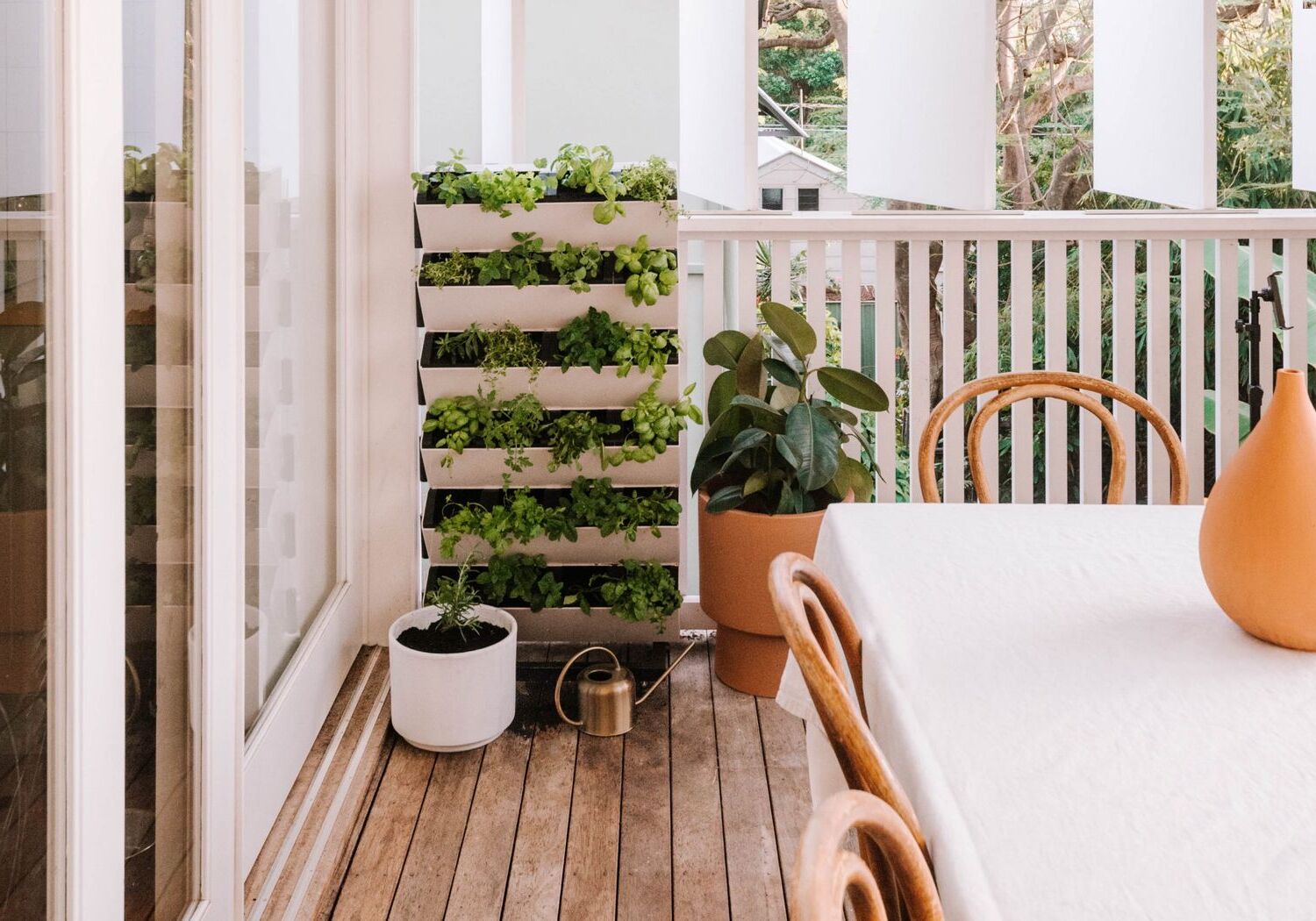
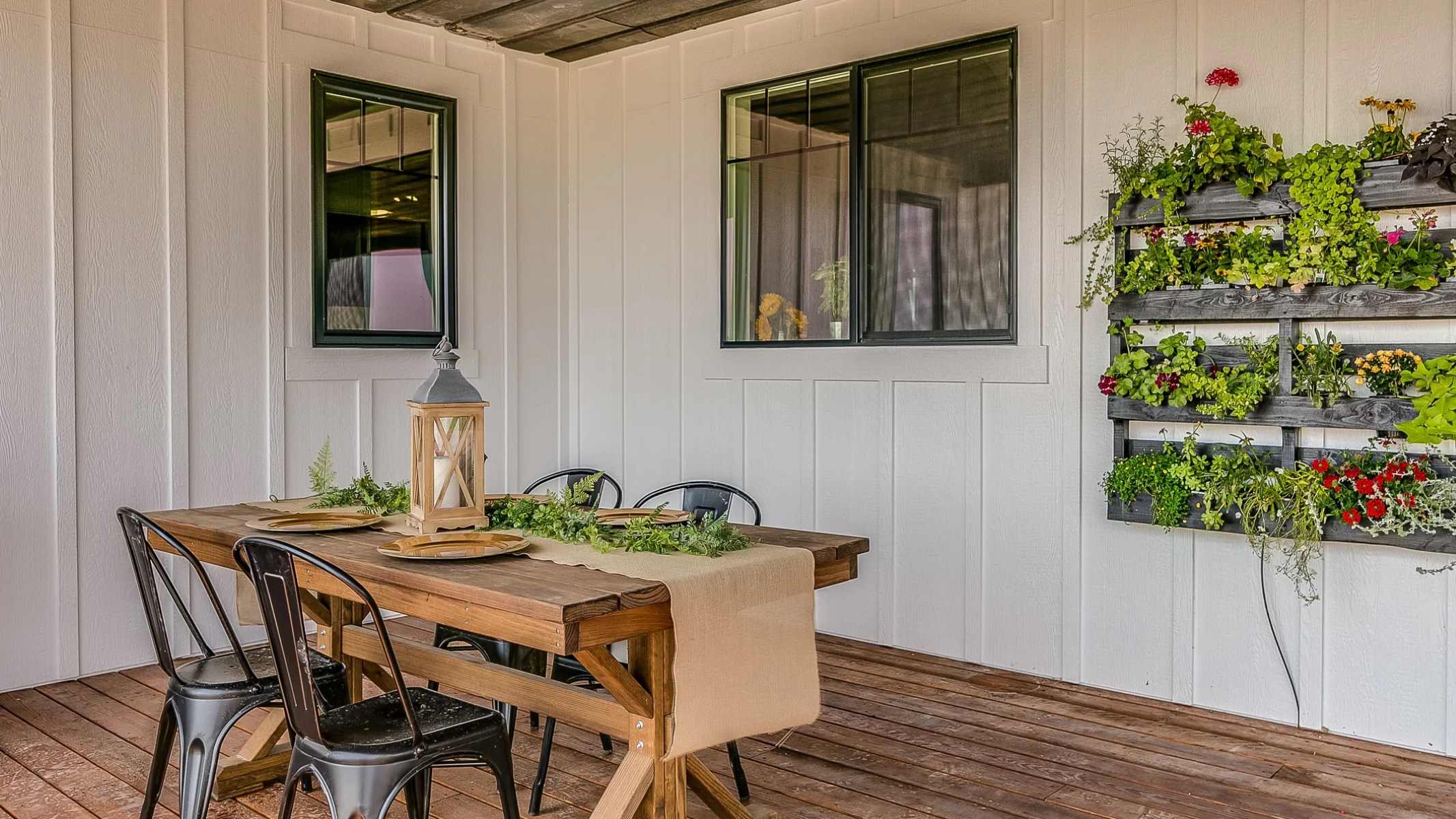
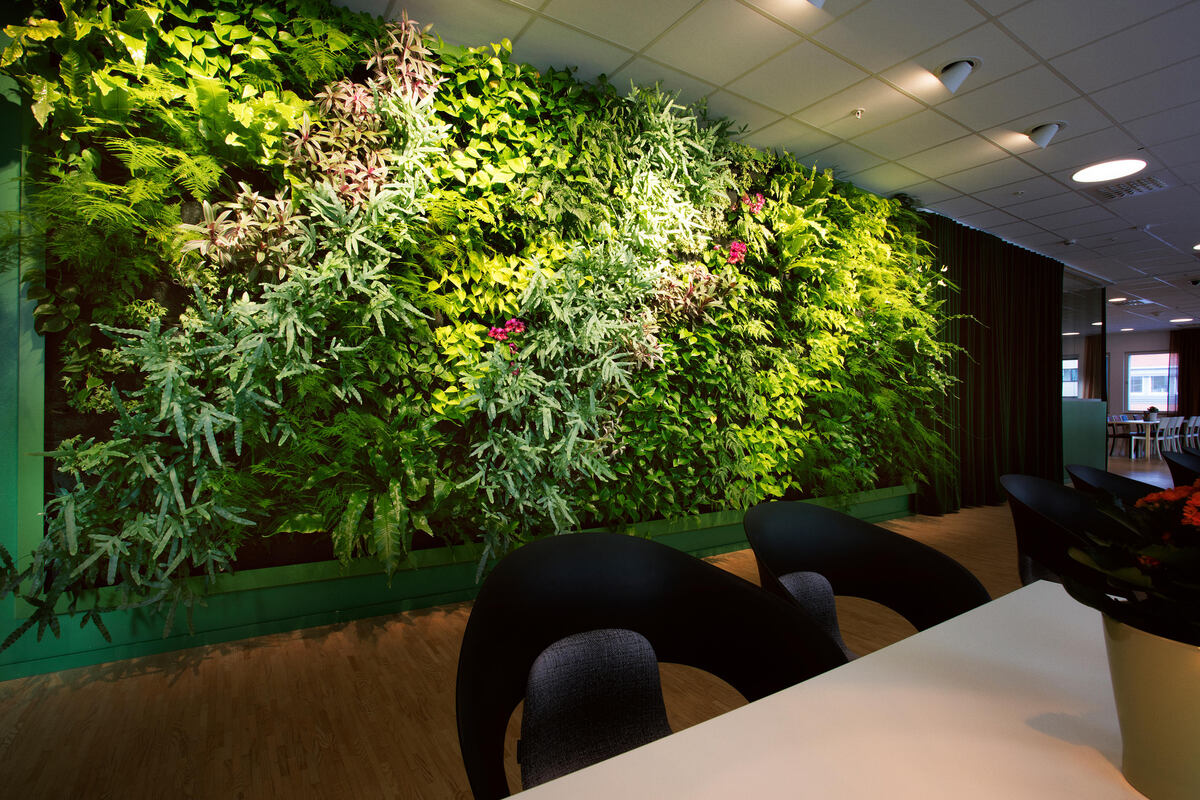
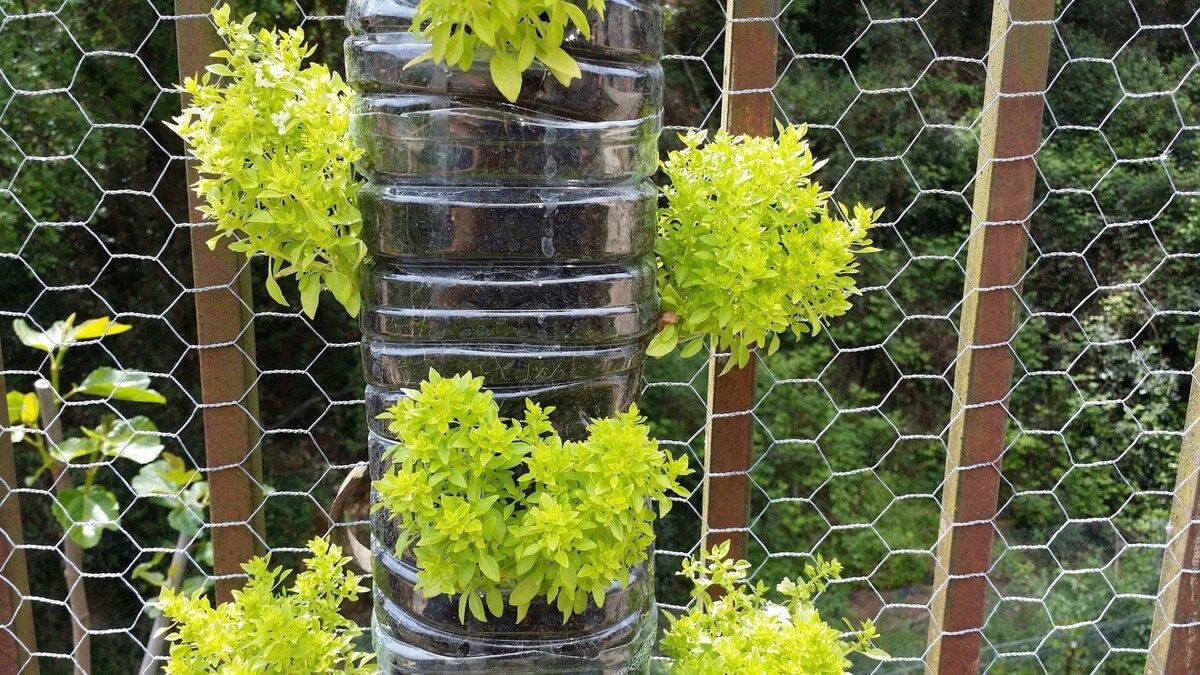
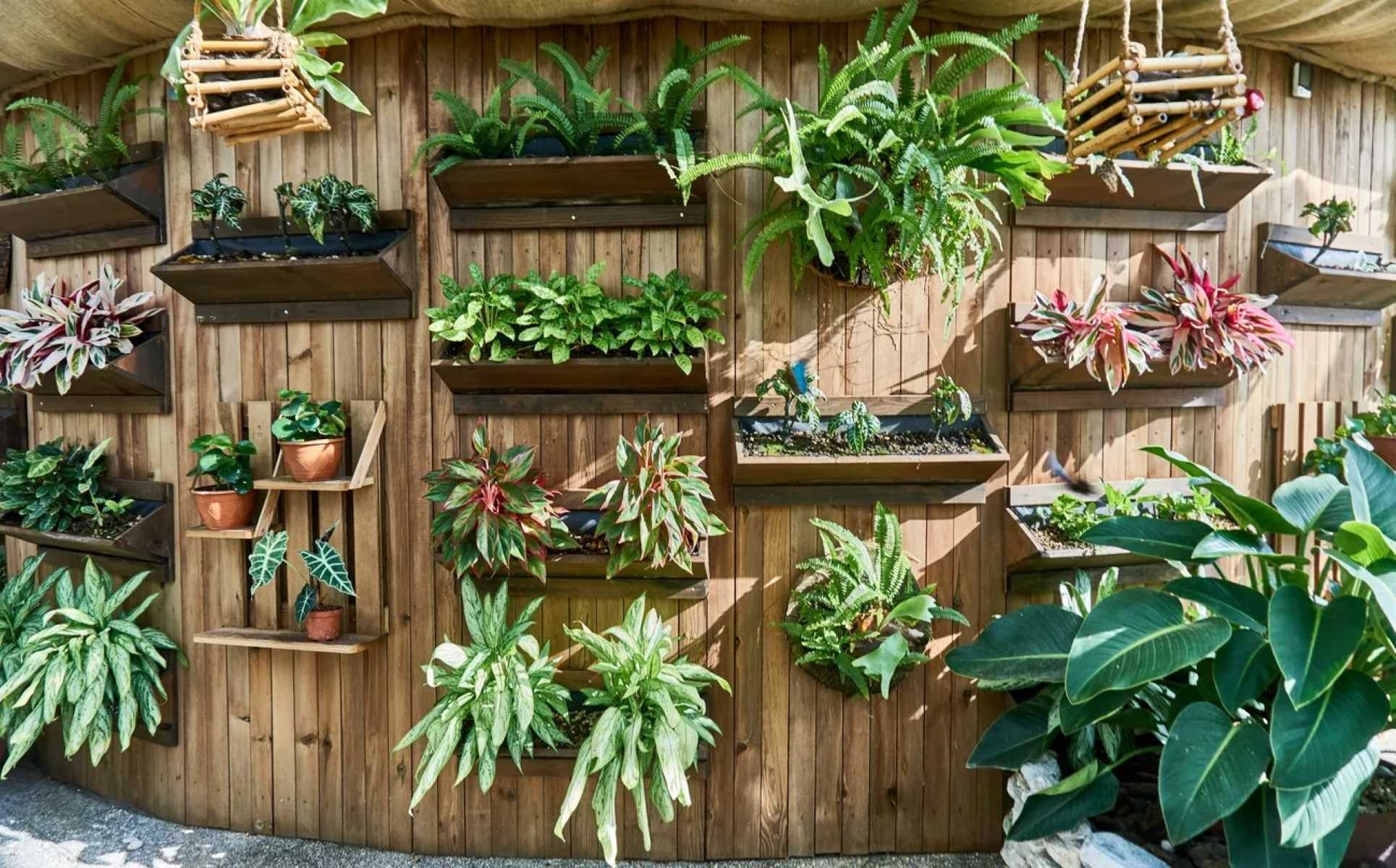
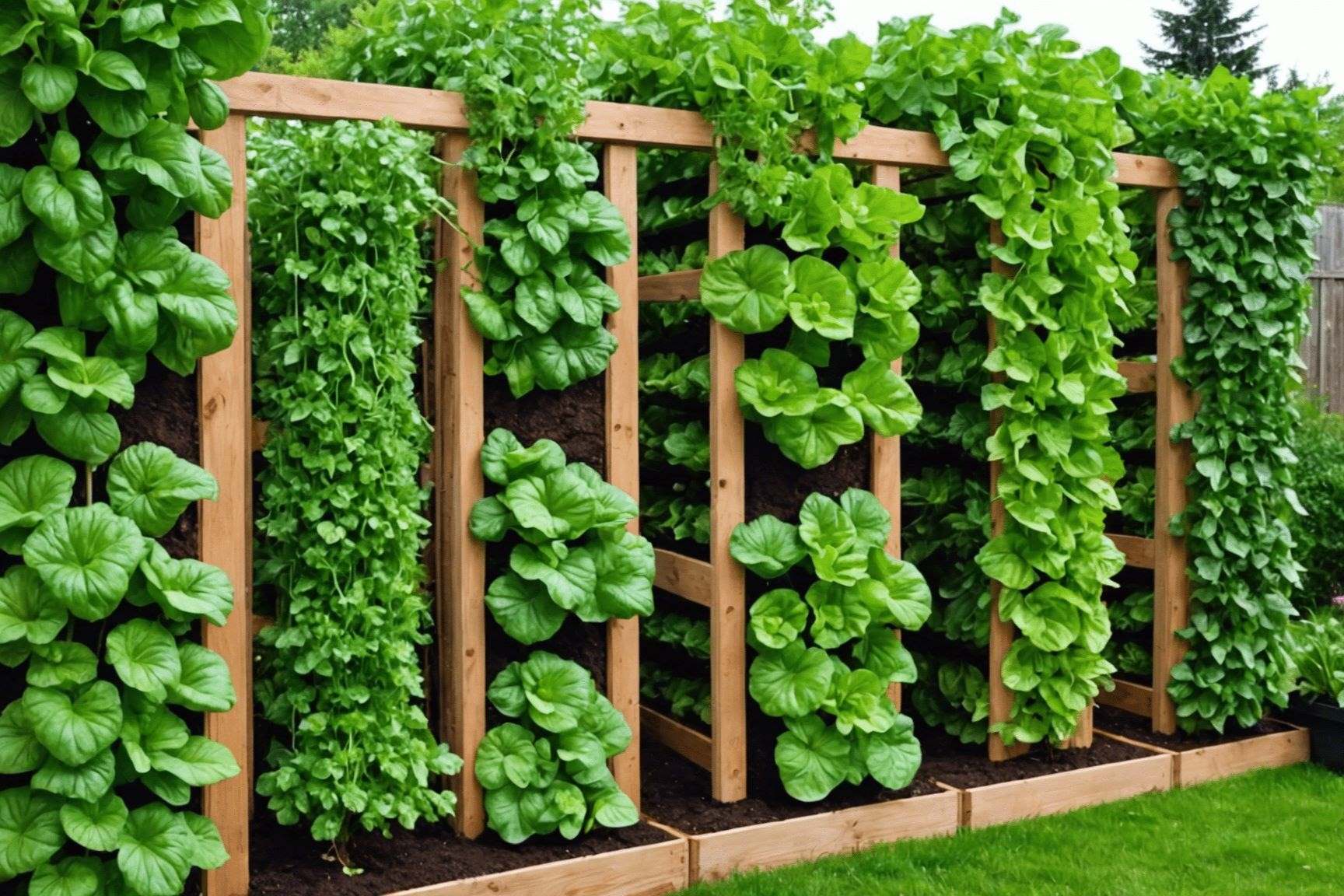
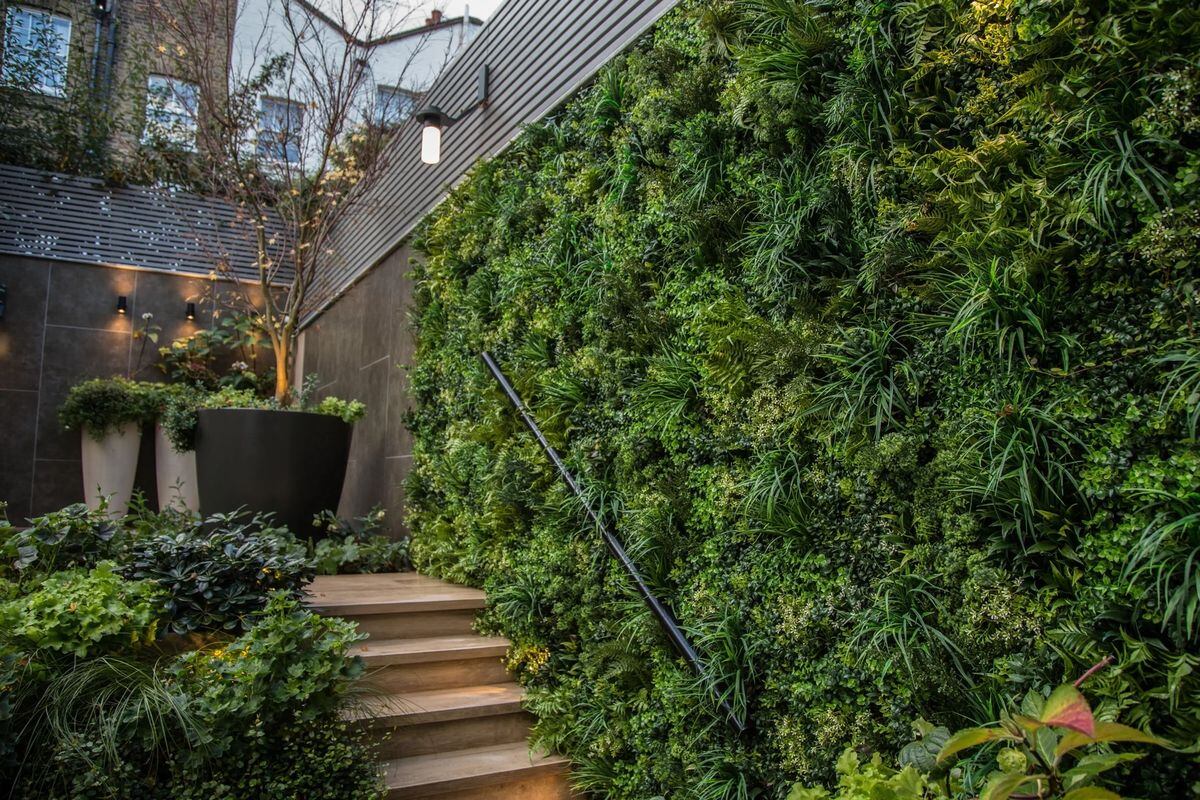
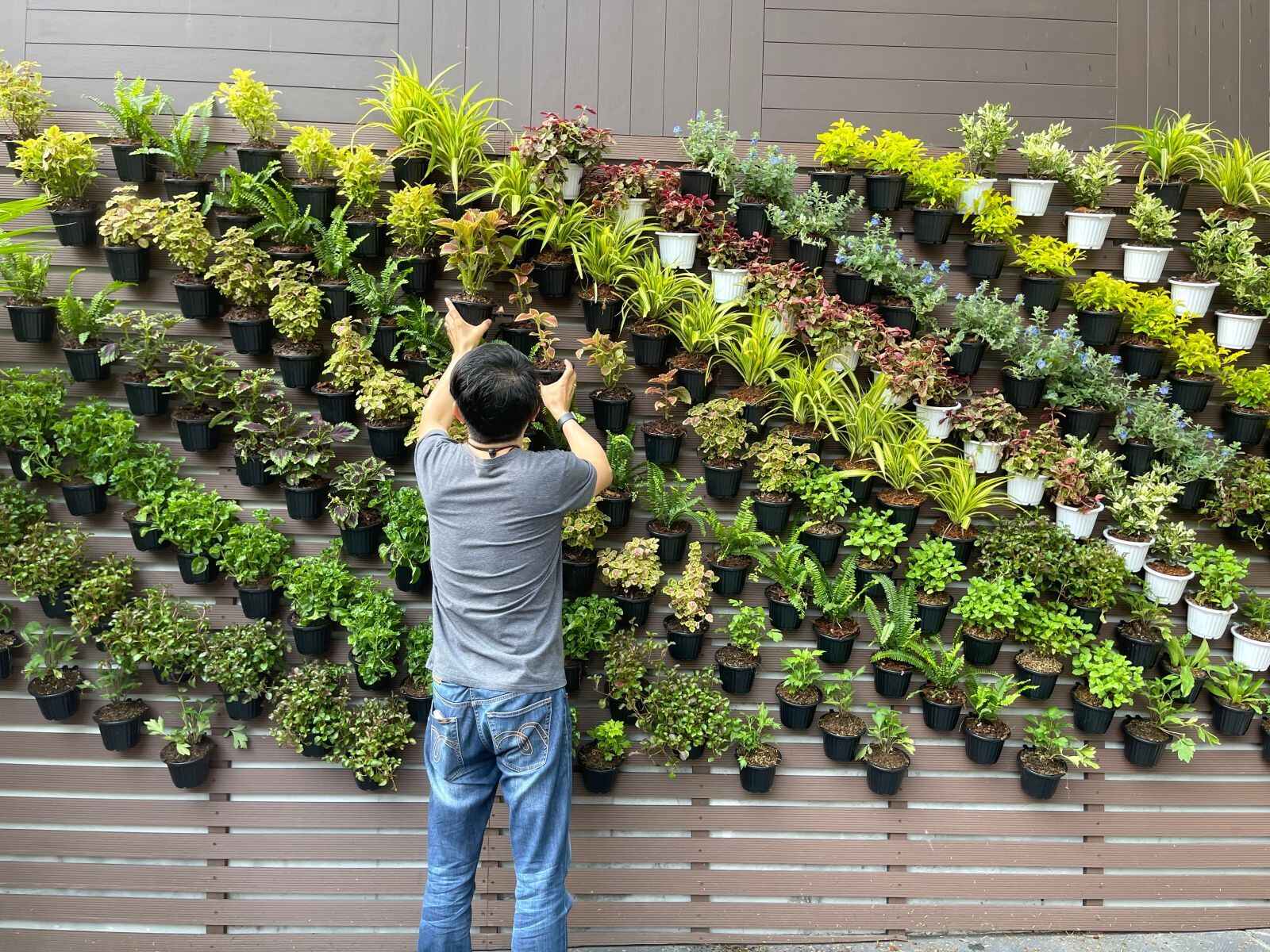
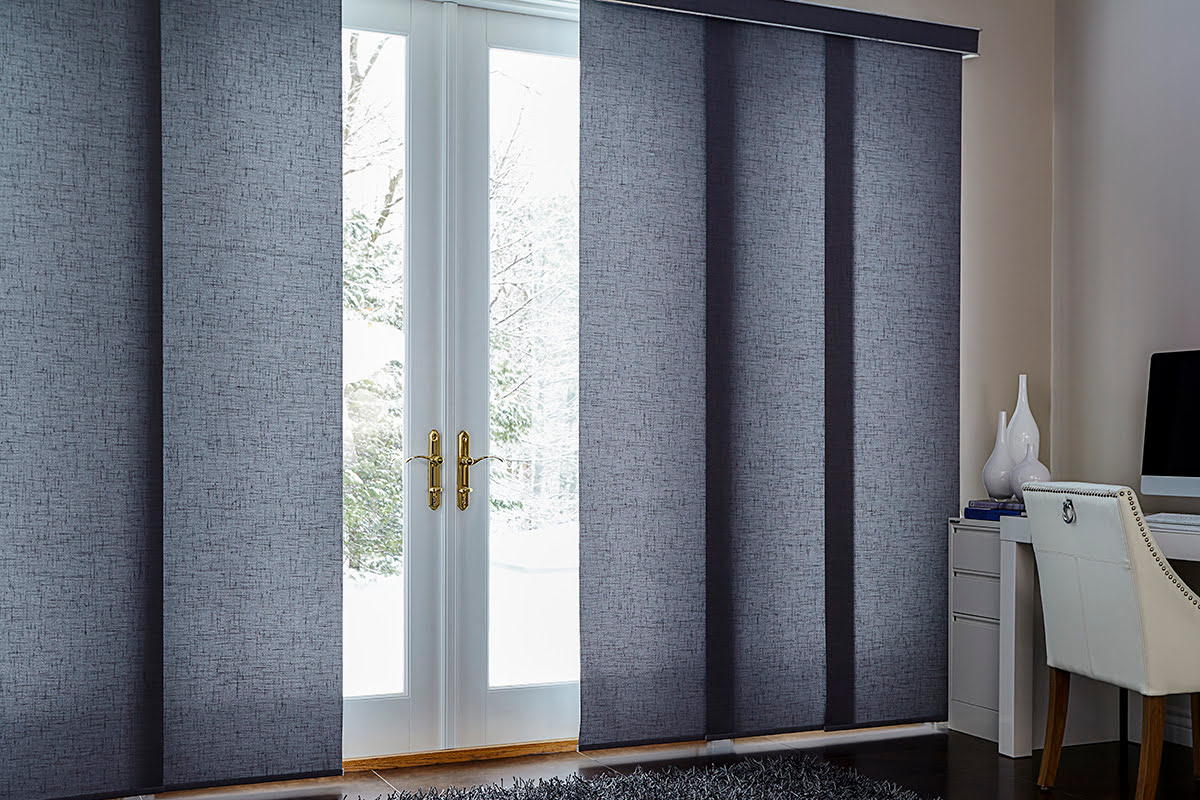
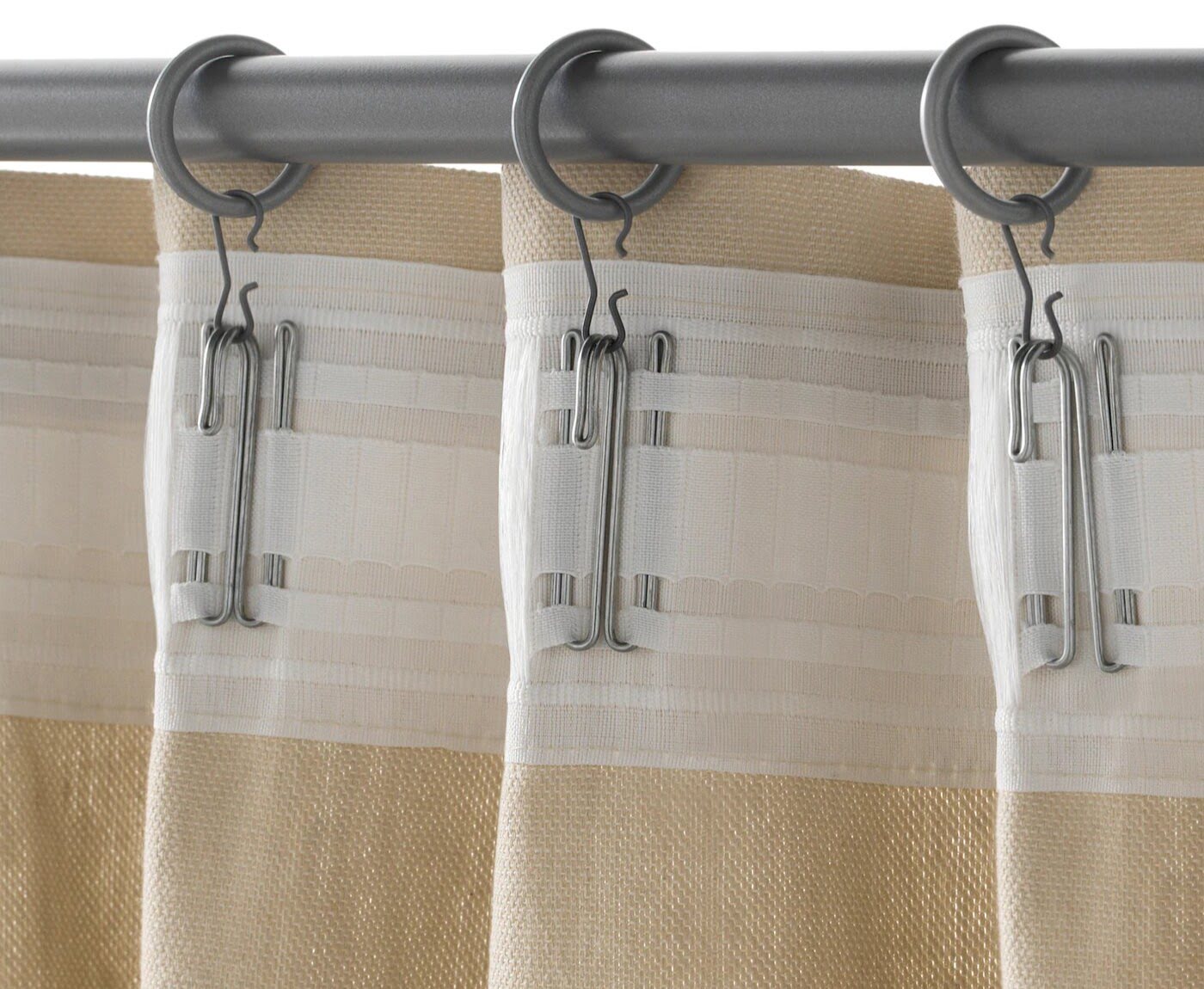
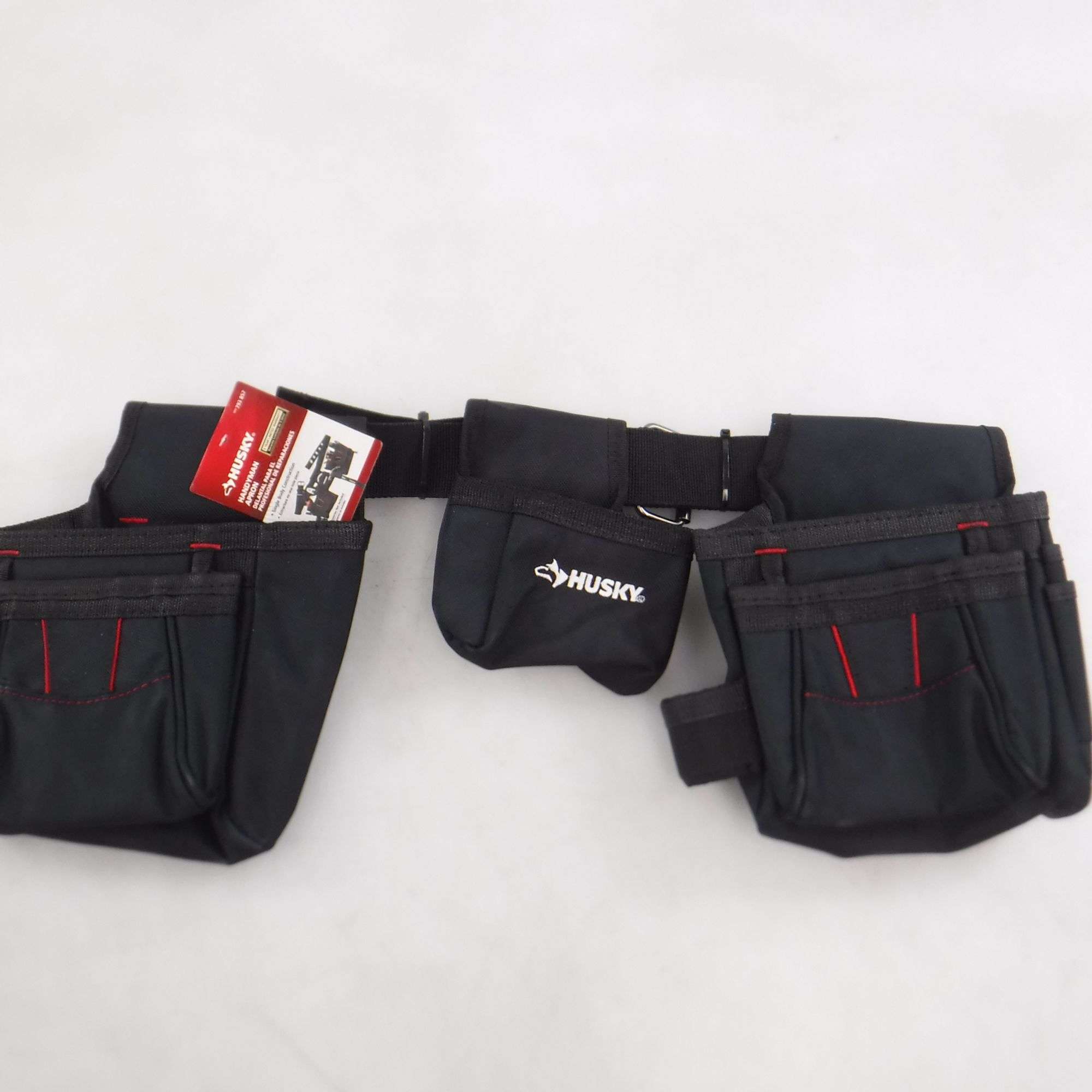

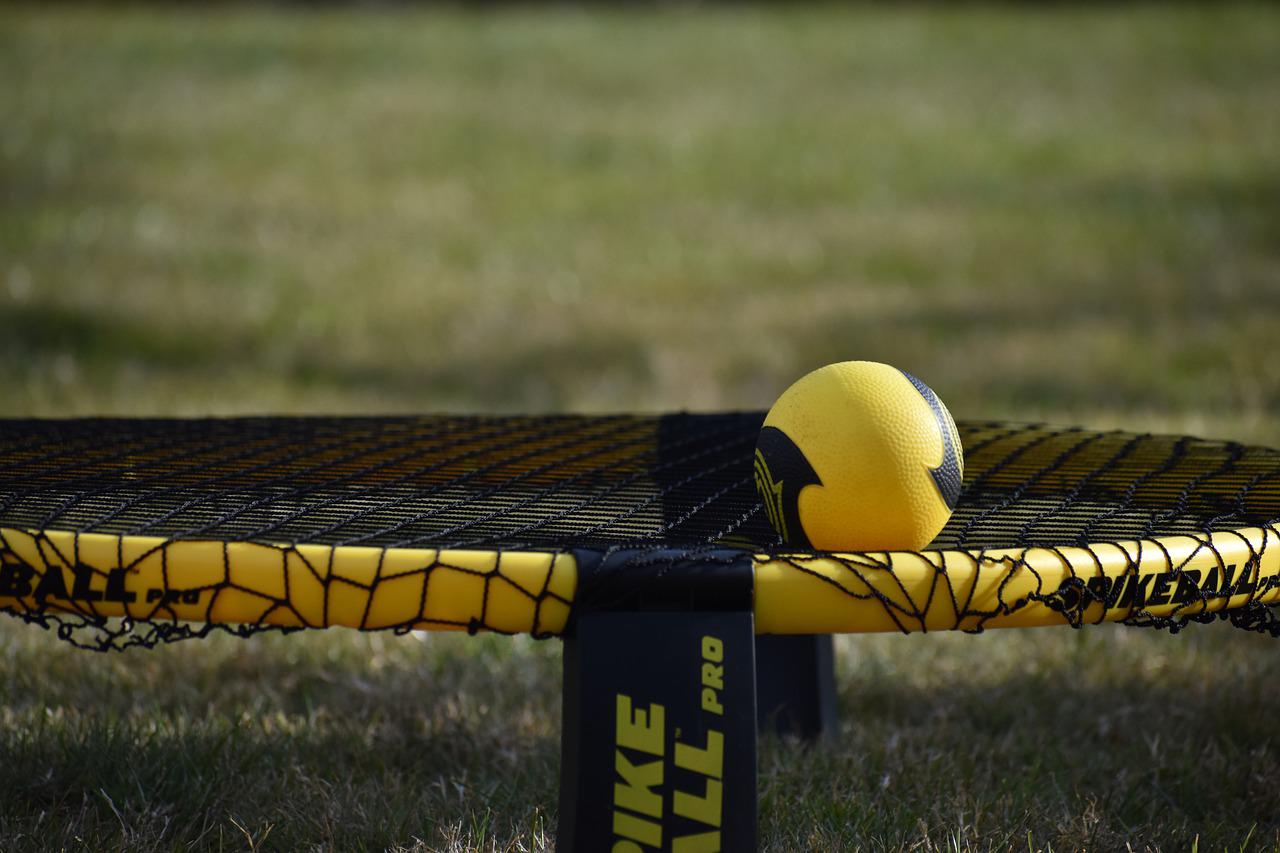

0 thoughts on “How To Use Vertical Garden Pockets”